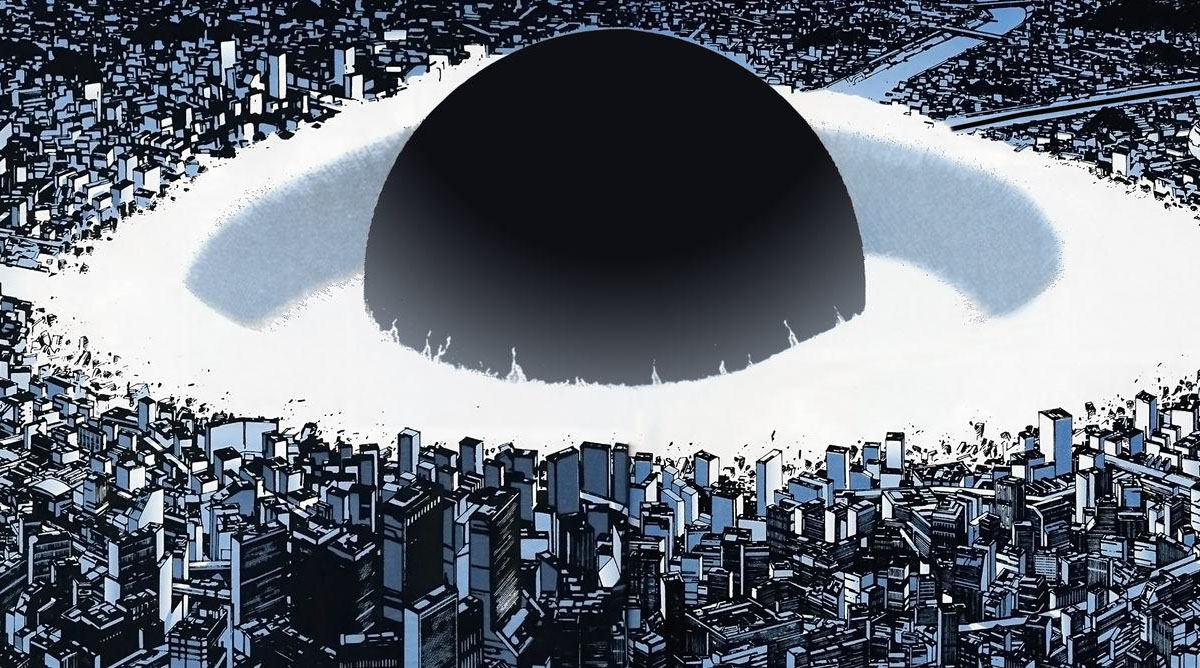can we really end civilization with nukes?

One of the truisms we’ve taken for granted since the height of the Cold War was that if all the nuclear weapons in the world were detonated at once, civilization would collapse. How could it not? The energy these warheads produce can wipe out an average city in less than a minute and there are thousands of them laying around the world at any given time, with just over 90% of the planet’s nuclear arsenal located in the U.S. and Russia. But I recently stumbled across an interesting proposition from visual journalist David McCandless, who decided to crunch the numbers and found that the worlds’ nuclear arsenal is less than 1% of what’s required to reduce every populated area in the world to radioactive rubble. Pretty assuring finding, isn’t it? Unfortunately, there are a few very serious issues with the assumptions McCandless made in his visualization, issues that could very easily bring back the notion of a nuclear apocalypse caused by generals with awfully itchy trigger fingers.
Before we dive into the technical details, let’s review how the finding in question was reached. We identify the surface area of the world populated by humans and the destructive radius of the biggest and most powerful nuclear weapons in our stockpiles. Then, we divide the former by the latter and compare the number to all the nuclear weapons officially accounted for or estimated and find that it’s just 0.83% of the result. But there’s a bit of a problem with taking the 20 megaton warheads as a standard nuke. In reality, the average nuclear bomb is far less powerful and is probably closer to about 1 megaton* in yield. That might seem like good news at first, but we need to consider the area affected not just by the blast itself, but by the lethal radioactive fallout, up to a staggering 90 miles away over a seven day period. The gives us a total affected area of some 65,869 km², a lot more than the 14.9 km² used by McCandless. Divide the total inhabited area by the lethal reach of a fallout plume and you end up just shy of 283 bombs. Granted, we’re using an area more than 4,390 times larger for our result, but considering how much damage nuclear warheads cause with their fallout, we have to account for the total affected area, not just the zone of immediate destruction from the blast’s hypocenter.
So when we take radiation into account, it seems that the given total of 10,225 bombs is about 36 times more than we will ever need to destroy or poison every square centimeter of inhabited land on Earth. Even the least affected territory in this scenario would send Geiger counters to 900 rem, more than enough to trigger a slow and very painful death about two weeks after exposure. Without very quick and very intensive medical care, an emergency bone marrow transplant, and extensive work on repairing the severe damage to intestinal tissues, the poisoned person doesn’t even have a glimmer of a chance of surviving past 14 days after exposure. Areas closer to the blast would almost instantly deliver a far more than lethal dose of radiation to survivors. Only the toughest bacteria and insects would survive past a few months in these conditions. But of course, since there are over 10,000 warheads, a simultaneous firing of even 30% would be enough to wipe out almost every city with a population exceeding 500,000 people so any sort of medical care or surviving infrastructure is totally out of the question and even those who survive the blast and beat the fallout to currently uninhabited land would have little in the way of help. Hospitals aren’t usually built in the wilderness.
Far from being just a simple truism born of fear, the notion of a nuclear apocalypse that could destroy modern civilization and even trigger a mass extinction in its wake due to radioactive fallout, is probably a very accurate description of what would happen should a full scale global nuclear war break out. While there would be quite a few survivors, they would have virtually no infrastructure to power their homes, deliver water to farms, or fuel their cars, and the electromagnetic pulses generated by the blasts would take out virtually all communication networks. Cut off from the world at large and the basic services we consider the hallmarks of modern society, they would be living in a radioactive world with few supplies, an uncertain future and almost feral rules. Maybe, just maybe, it’s not a good idea to stop worrying and learn to love the bomb…
update 04.20.2010: It’s been brought to my attention that an average nuclear yield of 1 megaton was probably too high and a more accurate figure would be closer to 350 kilotons. The fallout cloud from that blast could be lethal over an area of roughly 5,000 km² and considering this adjustment, the total number of warheads we’d need for the scenario detailed in the post is 3,724, about a third of the total nuclear stockpile. So we could say that it would take only 283 megaton warheads and 3,724 average nukes to end civilization as we know it.





